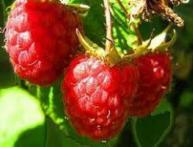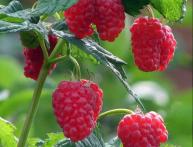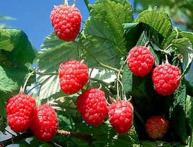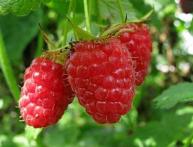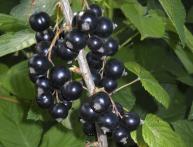Strawberry agricultural technology
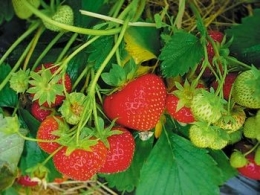
Agricultural technology for growing strawberries, at first glance, may seem like a very painstaking task, but in fact, you don’t need to put in any extra effort to get a fragrant, juicy berry.
As soon as the snow melts and the soil dries out slightly, you should begin to design the beds for sowing strawberries, weed and loosen the soil. There is an opinion that it is necessary to weed strawberries at least 10 times during the season - 4 times before harvest, 6 times after, but it is not always possible to do exactly this, however, this is not particularly necessary.
Having removed the ridge after winter, we do weeding and after the rains it is worth loosening the area. If there is not much rain, then you should think about watering yourself. We also do not forget about fertilizing the soil, which should be done properly.
During the flowering period of strawberries, and especially the setting of berries, weeding should be stopped for a certain period. By the time the berries ripen, the bed will already be significantly overgrown with weeds, and therefore, after harvesting, the strawberries should be “trimmed,” or, as it is also called, harvested.
Harvesting begins after harvest, around mid-July. The weeds are uprooted, all the strawberry flower stalks that have already given fruit are cut off, old decaying leaves are removed, and the mustache is removed. If some mustaches have already begun to form young bushes, then they should be transplanted to a new place.
Having done the cleaning, the only thing left to do is to do a few more weedings, remove the tendrils, and water the plant. Strawberry bushes should be replaced every three years, as they age and produce a small harvest over time.

